Figure 3: Paw degloving and amputation in a 16-month-old female rat (Picasso).
Case history and photos
History
Picasso is a 16-month-old intact female double-rex, 245 grams, very active lifestyle, living in a manufactured Cage Cat Playpen converted into a rat cage.
Clinical Signs
Owner came home late to find Picasso, in her cage, running on three legs the fourth being held up close to the body from a probable cage environment-related injury. Her right forelimb was swollen from the shoulder down to the wrist, where her skin was noted to be missing, exposing tendons and bone. Her two outer fingertips were also missing. She was more or less leaving the injury alone, but would vocalize when the area was touched or moved. Her limb was bandaged with a small amount of Neosporin + Pain Relief (to keep live tissue from drying out further, and for topical pain relief), and the leg was taped to her body with electrical tape to prevent the bandage from sliding off until she could be seen by the vet the following morning.
Diagnosis
Traumatic degloving of paw.
Treatment
Picasso was assessed by the vet, and made ready for a front forelimb amputation. The forelimb was amputated along the humerus, and the incision was closed with steel sutures. Picasso was sent home the next morning (following overnight observation by the veterinary technician) with Metacam, .01cc once every evening for 4 days for pain, and placed on the antibiotic Baytril/enrofloxacin, .01cc twice daily for 7days. An Elizabethan collar was applied to prevent her from pulling at her sutures, and a follow-up appointment was scheduled for two weeks.
Picasso was separated from her cage mates during the first week and a half while her incision healed, and was placed back in with them once the scabs began to fall off on their own.
Follow-up
Two weeks after the amputation, the steel sutures were removed. The skin was completely healed, and the suture marks were gone in another few days. No abscessing or other complications were noted.
Outcome
Picasso is back to climbing the bars of her cage (after remodeling to ensure safety), and running on her mesh wheel like nothing ever happened. She has no problems with grooming, eating, or getting to places where she is not welcome. She is still the dominant rat, and can hold her own with any of the larger girls in the cage.
Photos
 Photo 1: Picasso prior to degloving accident. |
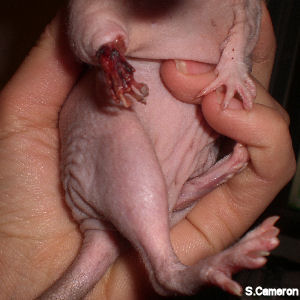 Photo 2: Day of injury. Degloved right paw exposing bone and tissue. |
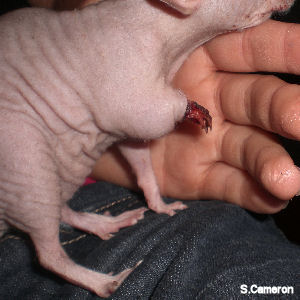 Photo 3: Additional view of degloved paw. |
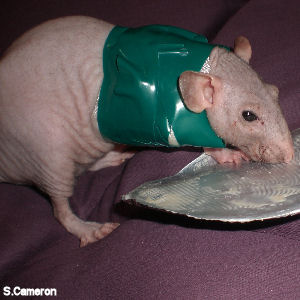 Photo 4: Temporary wound dressing prior to surgery. |
 Photo 5: Amputation of limb with steel sutures in place post-op evening. |
 Photo 6: Additional view post-op. |
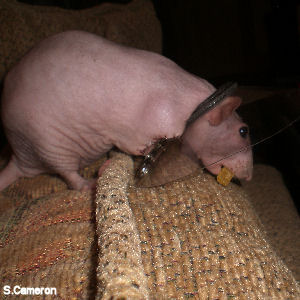 Photo 7: Elizabethan collar was placed to keep Picasso from pulling at the sutures. |
 Photo 8: Day 12. Continues to heal. |
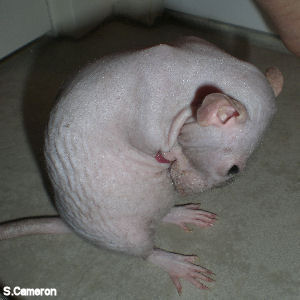 Photo 9: Day 12. Able to groom self without difficulty. |
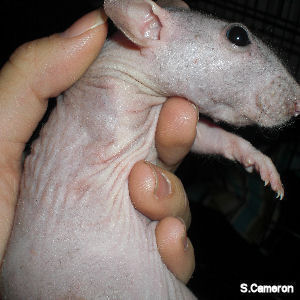 Photo 10: Day 20: one week following removal of sutures healing has occurred without complications. |
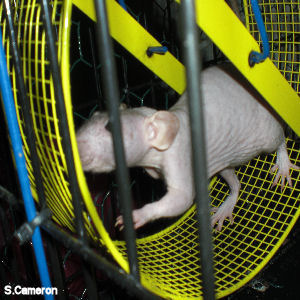
|
Photo 11: Picasso is shown here, 3 weeks following surgery, completely healed. She is fully mobile and shows no difficulty with coordination. |
Case history and photos courtesy of Shoko Cameron
Thanks are given to Suzanne, Dr. Robinson, and the rest of the staff at Raintree Animal Hospital for their excellent care of Picasso.


